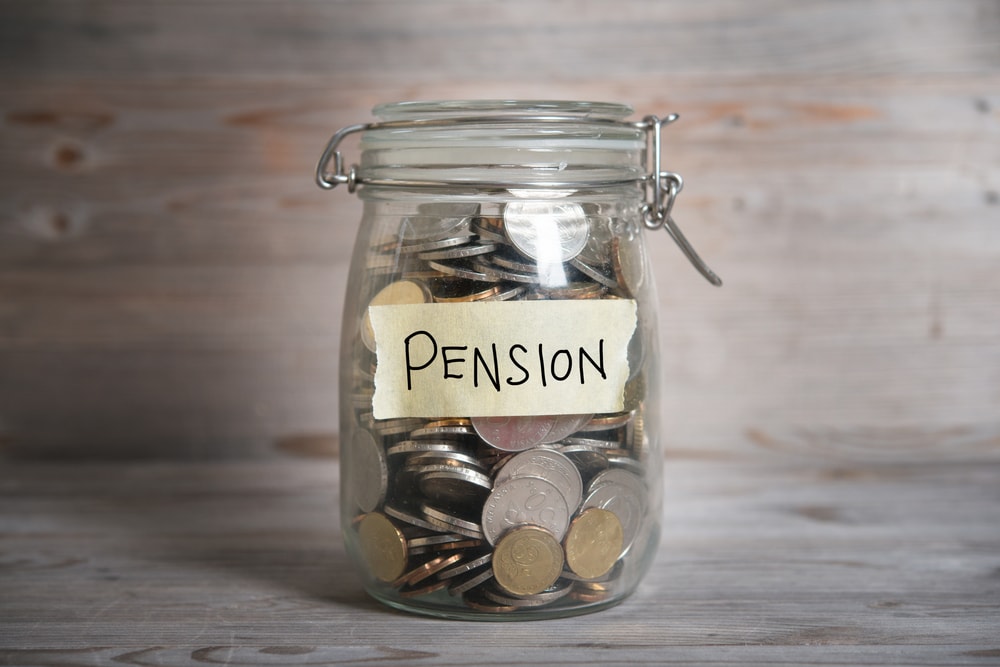Defined contribution (DC) pension scheme members' pension pots could rise by an estimated 40 per cent if employers productively invested their defined benefit (DB) surpluses, research from Van Lanschot Kempen Investment Management has found.
According to analysis by PwC, UK DB pension schemes have an aggregate surplus of around £300bn on an insurance buyout basis.
Van Lanschot Kempen Investment Management said in its view, of that £300bn, around £200bn could be invested productively in a portfolio for long-term, diversified, public and private UK-focused assets.
Furthermore, the firm said that based on their modelling, investing surplus in this way over the next 20 years could provide more than £500bn of additional retirement savings to the current generation of the UK’s workforce, the majority of who are in DC schemes, in the form of “uplifted” contributions.
According to the Office for National Statistics, there are around 19 million employees in the UK aged between 25 and 50, the demographic whose pensions are mostly in DC schemes, on an average salary of £35,000 per year.
Given this, Van Lanschot Kempen Investment Management said using DB surpluses to enhance DC member benefits could result in an annual and inflation-protected “boost” of up to £1,000 (or 3 per cent) to UK employees’ DC pension contributions.
It said this translated into a 40 per cent larger retirement pot for a 25-year-old throughout their working life.
Van Lanschot Kempen head of UK, Andre Keijsers, acknowledged there were over 5,000 DB schemes in the UK and that many of these companies also have DC schemes, creating a dual responsibility to protect the financial interests of DB members and also look after DC employees who often have an insufficient savings rate.
He said that in the latter case, a sponsor might wish to improve their retirement incomes through increased contributions but be unable to, calling it quite a “conundrum for sponsors”.
Keijsers argued that the reality was that the “overall UK DB pension scheme system is in rude health".
“Rises in gilt yields mean many schemes have more than enough assets to match their liabilities, with ample surpluses which can be reinvested in a number of ways,” he added.
“This includes using DB scheme surpluses today, and in the future, to enhance benefits for current employees who are mostly in DC pension schemes, without affecting the security of their DB scheme members.”
He suggested this would provide a “much-needed boost” to DC savers who were often projected to have “far poorer” retirements than the generations that preceded them.
Van Lanschot Kempen head of client solutions UK, Nikesh Patel, suggested "not so long ago" sponsors and trustee boards felt they had “limited” options and aimed to transfer their entire pension scheme assets and liabilities to an insurer.
He argued that there are now more “attractive” options, particularly for well-funded schemes, including the ability to run on for longer, thereby putting any future surplus to productive use in a risk-controlled way, and in a manner that works to create additional value for sponsors, DB and DC scheme members alike.
Latest News
-
TPR reveals 31% drop in total DB schemes since 2012
-
Ridsdale Pension and Death Benefit Trust completes £7m buy-in with Just Group
-
FCA outlines later life lending reforms to support pensioners
-
Lincolnshire Co-operative Pension Scheme agrees £107m buy-in with Rothesay
-
Blake Lapthorn Pension Fund agrees £5.7m buy-in with Aviva
-
Quarter of a million more people fall into pre-retirement poverty amid state pension age increases
Private markets – a growing presence within UK DC
Laura Blows discusses the role of private market investment within DC schemes with Aviva Director of Investments, Maiyuresh Rajah
The DB pension landscape
Pensions Age speaks to BlackRock managing director and head of its DB relationship management team, Andrew Reid, about the DB pensions landscape
Podcast: From pension pot to flexible income for life

Podcast: Who matters most in pensions?

In the latest Pensions Age podcast, Francesca Fabrizi speaks to Capita Pension Solutions global practice leader & chief revenue officer, Stuart Heatley, about who matters most in pensions and how to best meet their needs
© 2019 Perspective Publishing Privacy & Cookies











Recent Stories